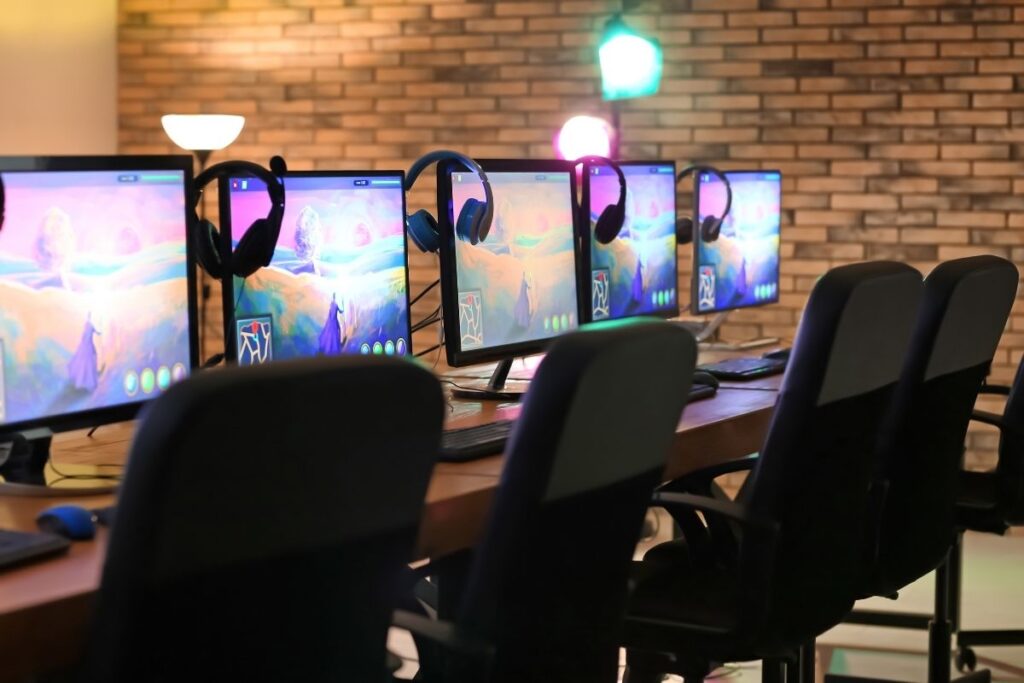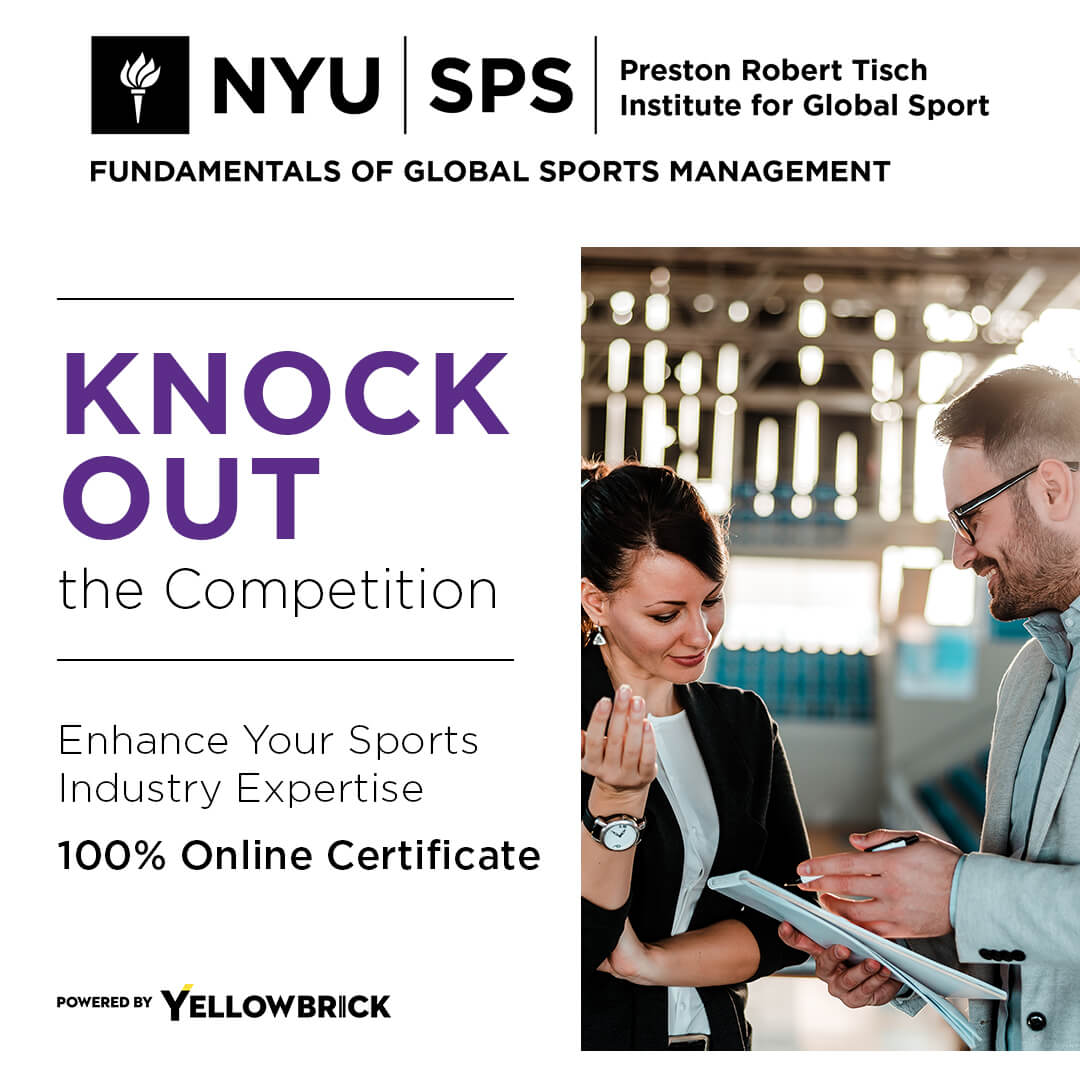“What advice do you give to sports management students as they’re approaching their career or ready to make a change in their career?” asks Laurajean Holmgren.
Bess Brodsky replies, “One of the first things that I tell people is that they have to take responsibility for their career, and they really have to craft a plan. What’s so interesting to me is the number of students and young professionals that I meet with so many different interests, different passions, and different directions that they want to go in the industry. So it’s not a simple answer to say, ‘You should do this’ or ‘You should do that.’ It’s really important to create an individual plan.
“At the start, you must have a good resume and a good LinkedIn profile,” Brodsky continues. “As we progress in our career it’s fine to look at your resume, but what’s really important is that it needs to outline the skill sets that you bring to the table so that a potential employer can really understand what you can do for them. How can you be a solution to their need to fill a role?”
The Importance of Resumes and LinkedIn in Sports Management Education
Brodsky notes that while there are many different styles of resumes, it’s always important for job seekers to explain their qualifications in terms of quantifiable accomplishments vs. broad statements. “I don’t like resumes where I see, ‘I’m responsible for …’ ‘Responsible for’ doesn’t actually mean that you even did it. It means you were responsible for it. Maybe somebody on your staff did it,” Brodsky says. “So, I really stress with people the importance of outlining what it is that they did so that a potential employer can understand what it is they bring to the table.”
She points out that a LinkedIn profile offers “an opportunity to be a little bit more creative … like painting a picture of yourself and who you are.” It’s an opportunity to highlight your skill sets, post a video or a link to a personal website, and include recommendations from former colleagues and employers, she explains. “It’s really an opportunity for somebody to go online and see a portrait of who you are. And I know many people that have been offered jobs just based on somebody reaching out to them via their LinkedIn profile. So those are the two most important things that I see.”
Holmgren agrees. “Right, it’s not just the what, it’s how you’re doing it,” she says. “We often say that students should take a plan and approach their career in a way that shows they know what they want, build the steps towards where they want to go. Does the next job have some of the attributes that match their personality and what they’re really looking for?”
“Exactly!” Brodsky declares. “I think what’s really important as you go on through your career is that you build your personal brand. One of the things that I work with students on is to develop what we call the ‘wow, how, and now’ statement. … You want to tell somebody something that’s going to make them go, ‘Wow!’ And then you want to go into how you got there and what you are doing now.
“So mine would be: ‘After working as an attorney, working as a vice president of sponsorship at Madison Square Garden, and working with top corporations and athletes, I’ve transitioned into being a career counselor and working on navigating career journeys with young professionals in the sports and entertainment industry.’ So you know that I was an attorney, you know I worked at Madison Square Garden, and you know I transitioned. And I told you that in just 20 or 30 seconds.”
Creating a Successful Social Media Profile
Although, when developing their personal branding statements, some people want to give a detailed account of their careers including each job title, Brodsky stresses the importance of an “elevator pitch” to use at a networking event, at a party, or even in an actual elevator, to “succinctly tell somebody who you are and what you’re looking for, so they can get an idea of how they can help you.” She adds that a social media presence, especially on Twitter and Facebook, is also very important.
“And LinkedIn,” Holmgren chimes in. “With LinkedIn, finding your voice on social platforms is crucial — not only being able to post professionally what relates to you and what your voice is, but it’s also something that really creates your brand online.” She goes on to explain that on LinkedIn, best practices include finding articles worth sharing as well as taking a valuable thought of your own and putting it down on paper.
Holmgren notes that great faculty members who often share best practices emphasize the importance of making sure that you find your fit. “That’s what I’m doing now,” she says. “I tend to focus on specific areas of sports that I’m passionate about. That may not speak to exactly what I’m doing right now, but if I want to take the next step, you can see what my voice is online.”
“In this day and age, it’s really important to have a professional profile,” Brodsky says, adding that LinkedIn is the best vehicle for it. “So if you have a Facebook page and that’s going to be about your personal life, keep that to your personal life,” she advises. “There’s the personal and the professional, and it’s really important, especially with young people and millennials, to keep those separate. You really want to be as professional as possible.”





